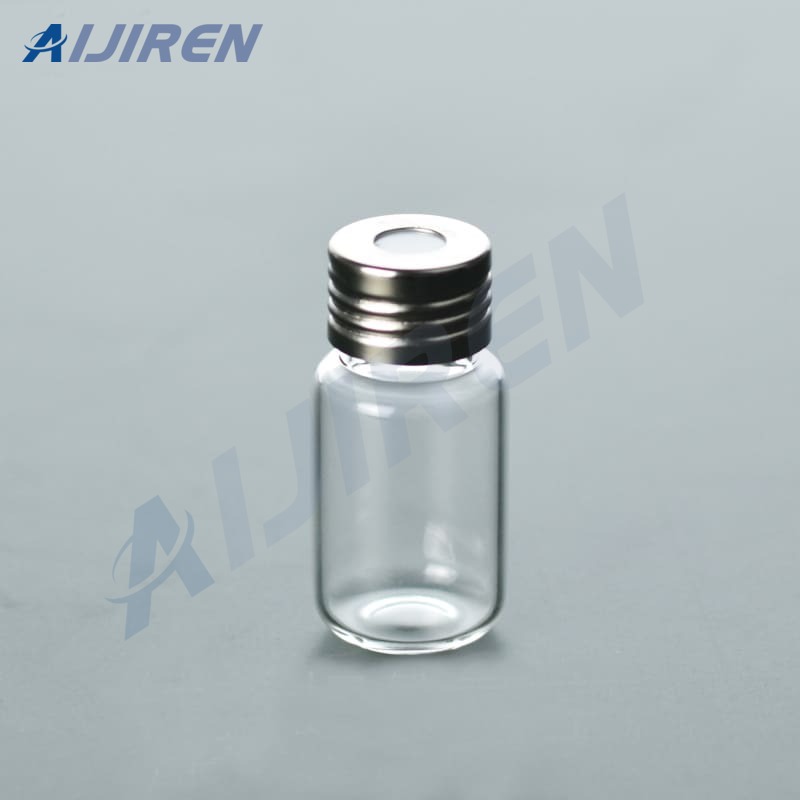
Headspace Analysis by GC-MS. Headspace gas was analyzed by a JEOL GCMate II (JEOL USA, Peabody MA) gas chromatograph/mass spectrometer, the gas chromatograph was an Agile nt Plus (Wilmington DE) equipped with a G1513A autoinjector with 100 vial sample tray connected to a G1512A controller.
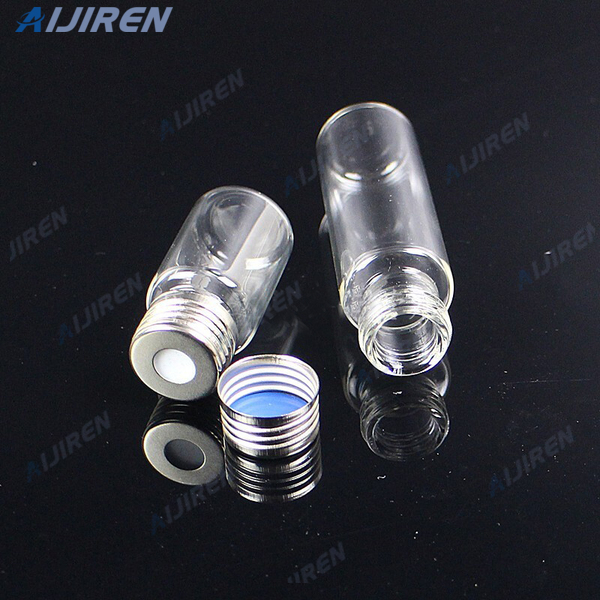
Nov 30, 2020 · Shimadzu Advanced Healthcare describes the synergistic combination of Shimadzu’s core technologies in analytical science and medical diagnostic imaging for healthcare applications including disease prevention, diagnosis, treatment, and prognosis as well as drug discovery. Shimadzu Review. We are offering summaries of the technical publication
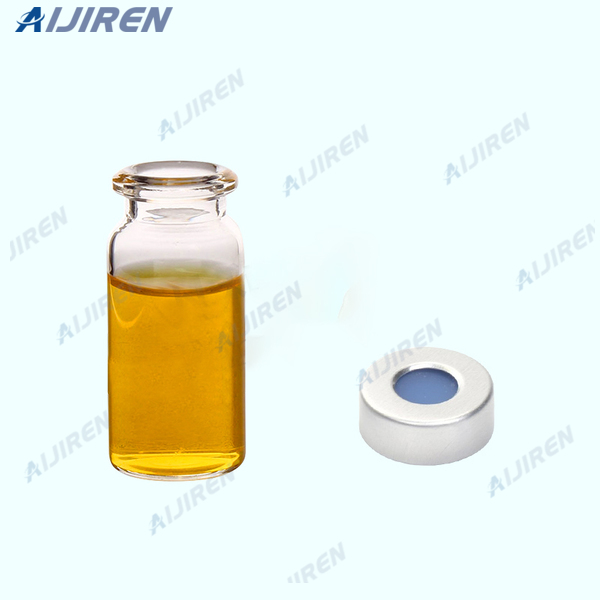
Aijiren headspace vials are offered as 10 mL vial and 20 mL certified screw vials and certified crimp vials, clear glass or amber glass headspace vials and associated 11 mm crimp caps , 18 mm screw caps, 20 mm crimp caps and 22 mm crimp caps while being are engineered to prevent sample contamination providing a consistent, secure seal of the .
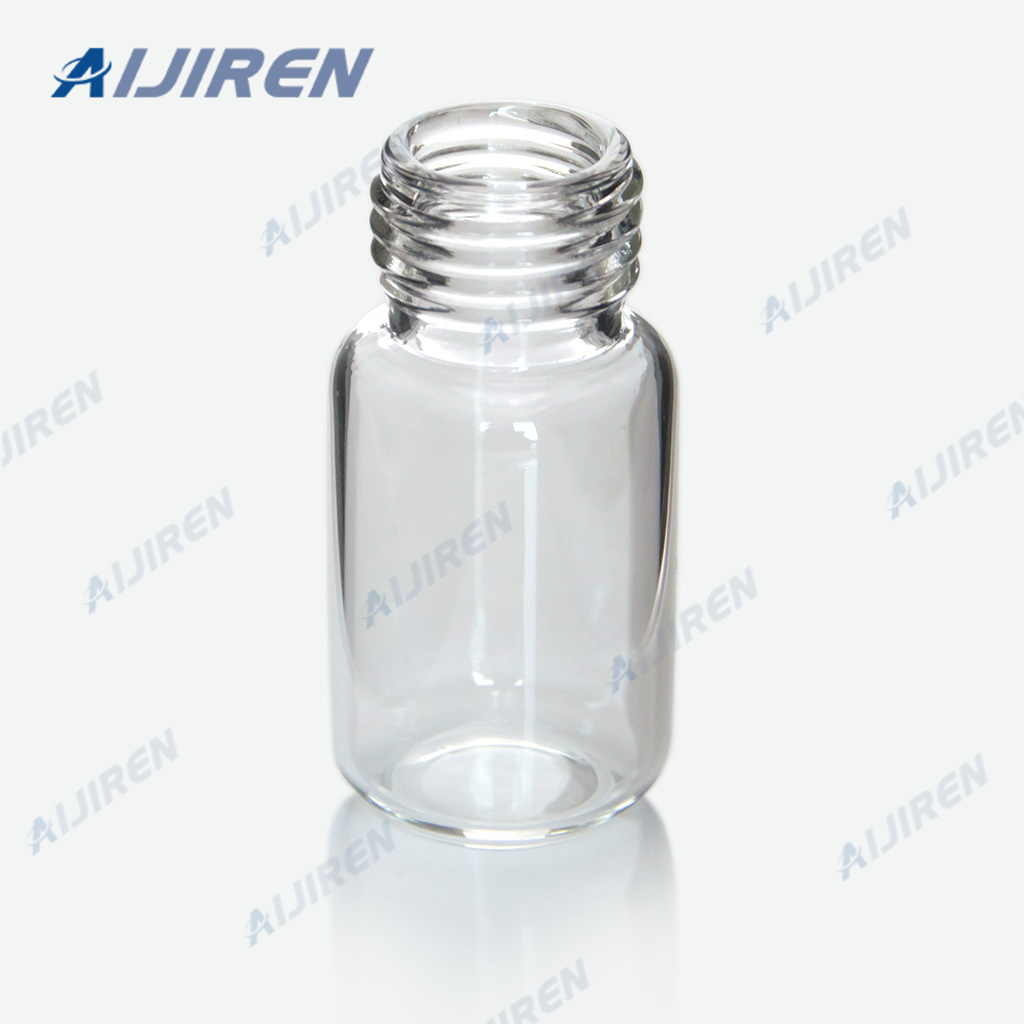
In this book I have drawn from the past 50 years of experience in the packaging industry together with valuable contributions
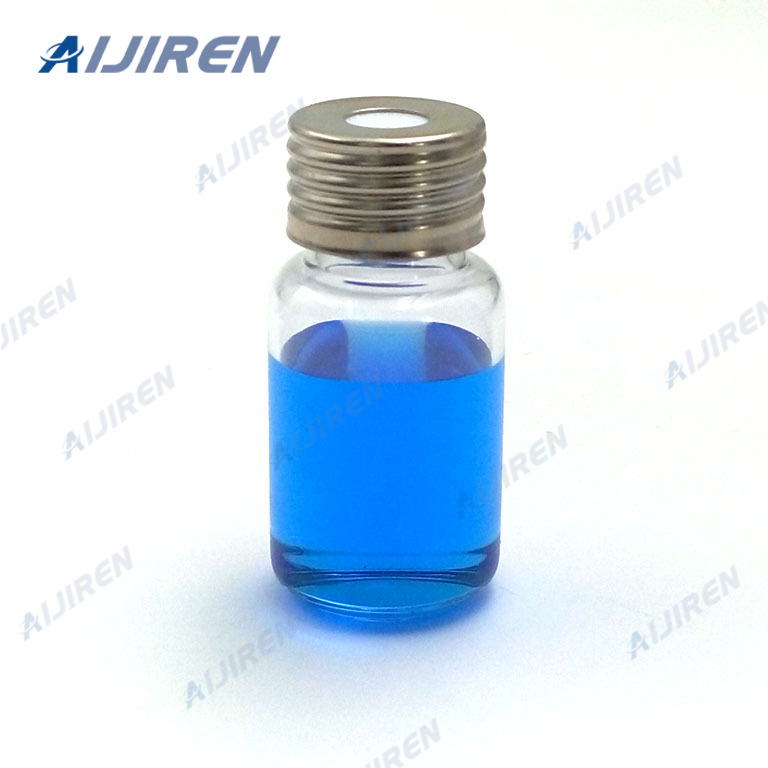
Thermo Scientific™ headspace vials are available in clear or amber glass with a round or flat base, a crimp seal with a beveled or square edge finish, or with a screw-thread finish. Headspace vials, septum, and caps can be purchased in various quantities separately or together as convenience kits to fit your laboratory needs.
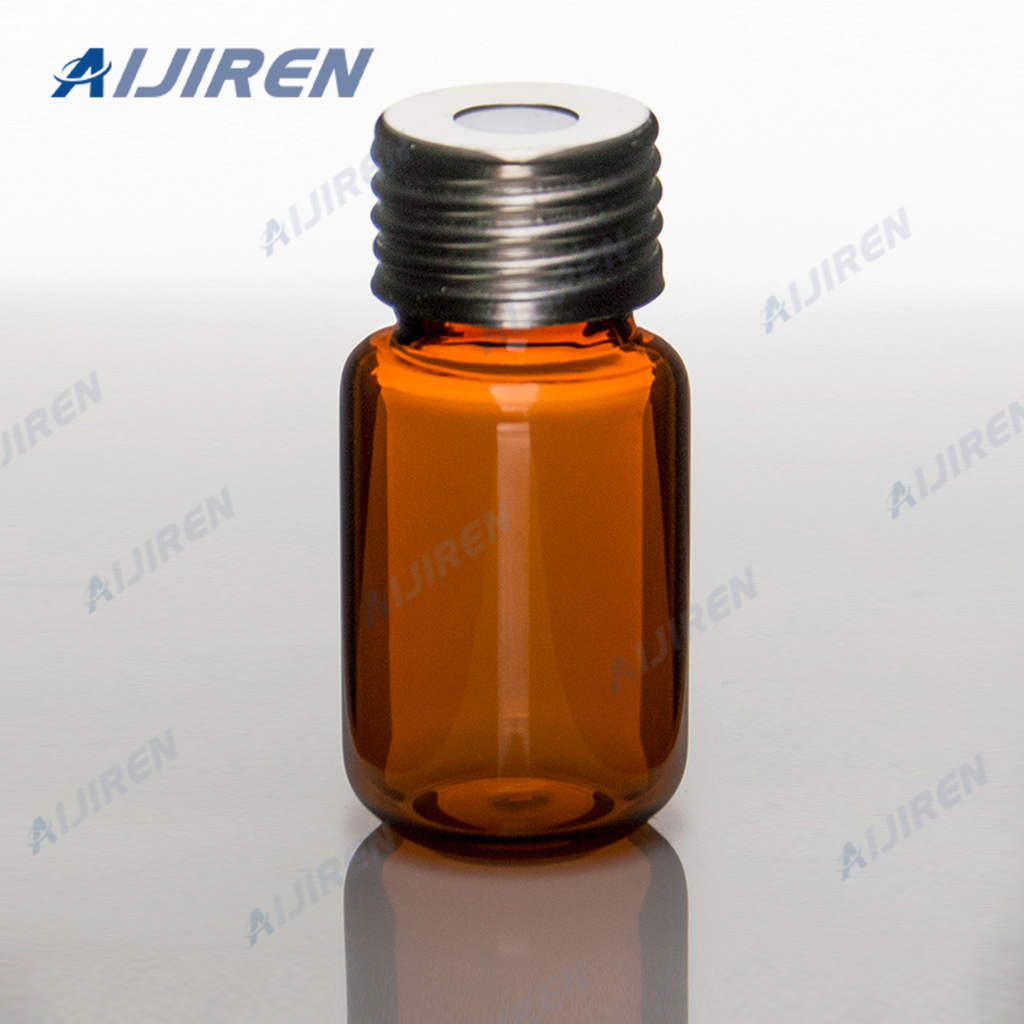
Clear glass bottles with PTFE-lined screw caps may be substituted if sample bottles are wrapped with foil, stored in boxes, or otherwise protected from light during sample shipping and storage. 6.2. VIALS - Various sizes of amber glass vials with PTFE-lined screw caps for storing standard solutions and extracts.
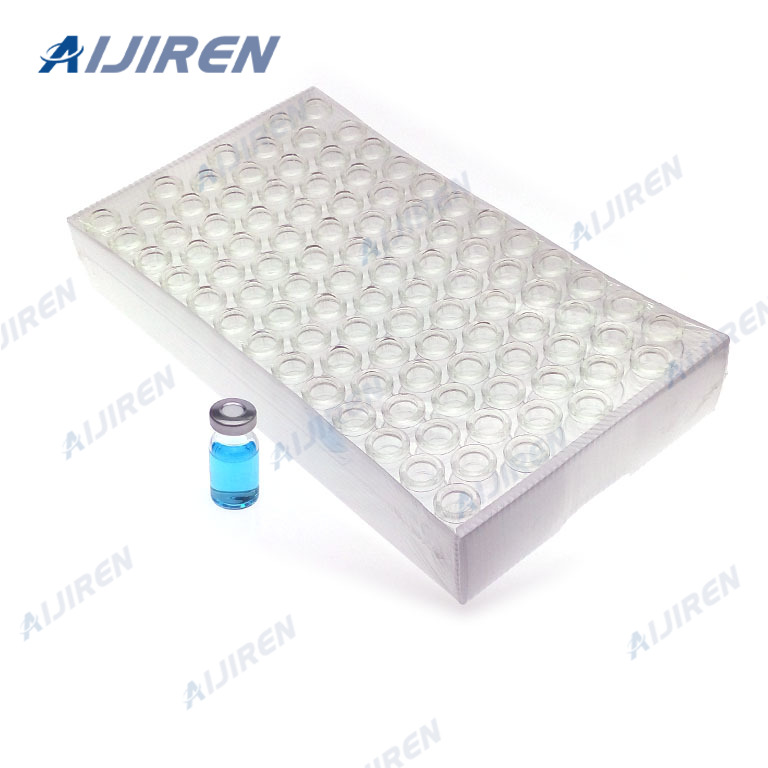
Mar 29, 2021 · Headspace-Solid-Phase Microextraction (HS-SPME) was used to collect the volatiles from C. maculata males and females. Twenty C. maculata males or females were collected and transferred into a glass sample vial (20 mL, Cole-Parmer). SPME extraction was performed at 28 °C for 24 h.
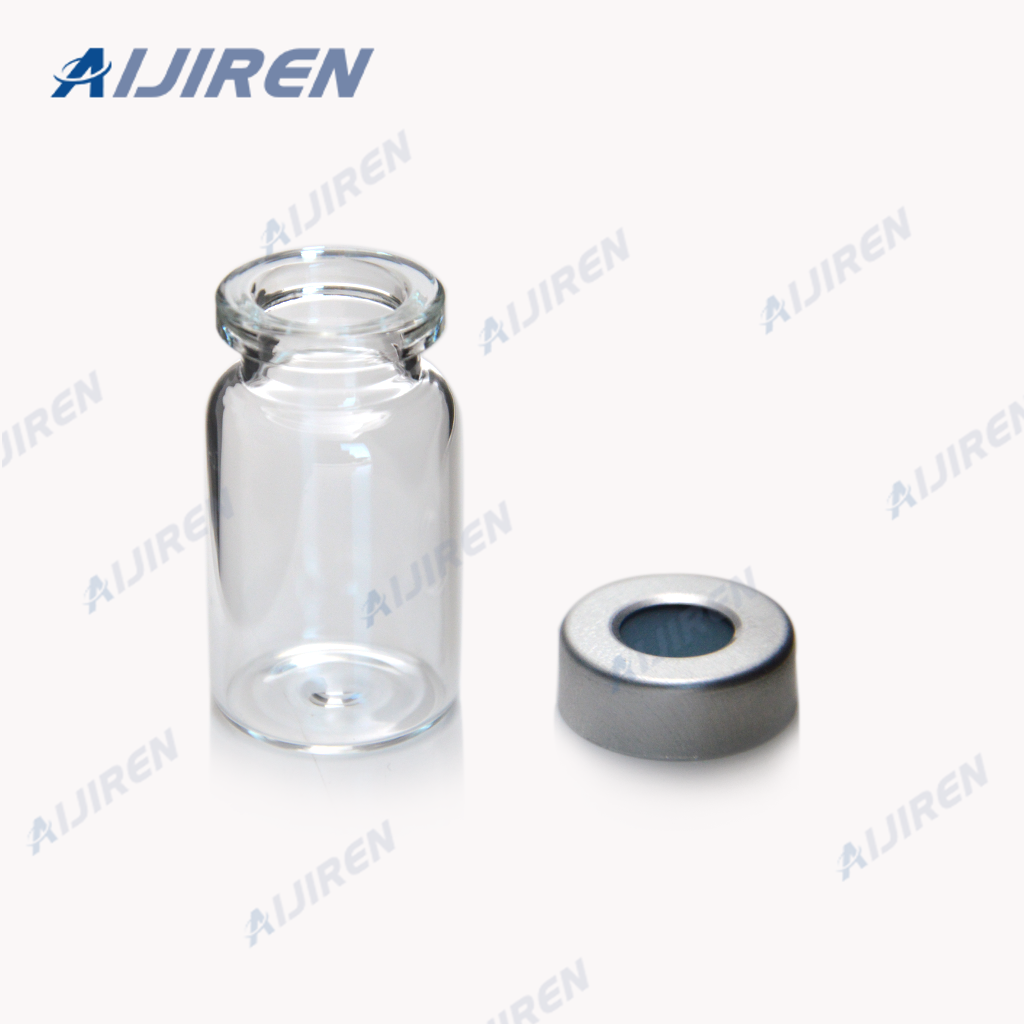
20mm Clear Headspace Crimp Vial, Beveled Edge, Round Base (C4020-2) Silver Pressure Release Crimp Cap, 7.5mm hole (C4020-32AP) Tan PTFE/White Silicone. 1000. 20-HSVST201-CP. 18mm Clear Headspace 20mL Screw Vial, Round Bottom, (20-HSV) Silver Steel Screw Cap, 8mm hole (18-MSCST201) 18mm Blue Silicone/ Natural PTFE. 125.
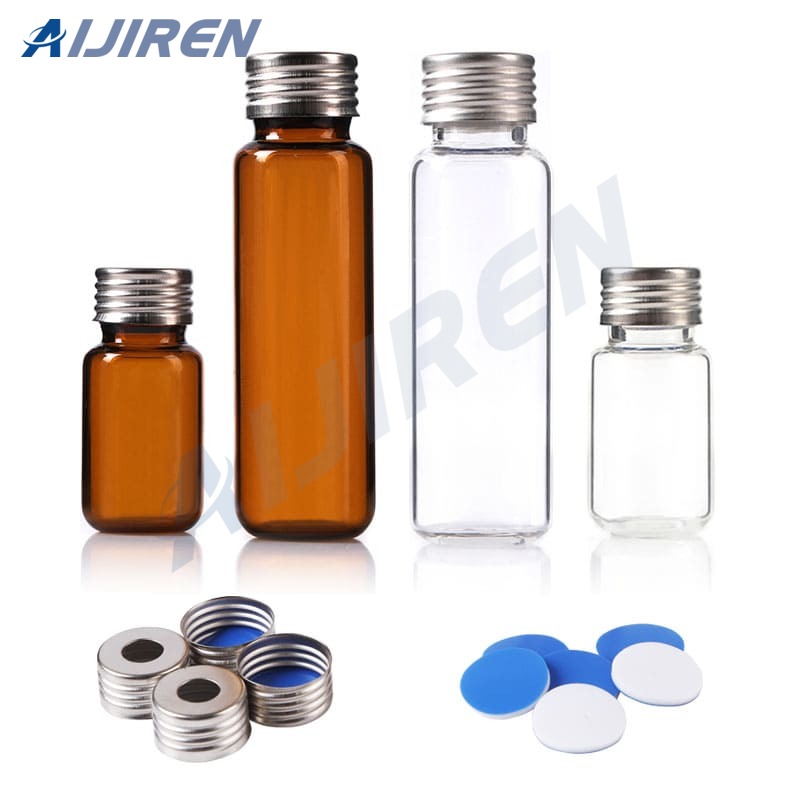
5.1.1 Vial - 25-mL capacity or larger, equipped with a screw cap with a hole in the center (Pierce #13075 or equivalent). Detergent wash, rinse with tap and distilled water, and dry at 105 °C before use. 5.1.2 Septum - Teflon-faced silicone (Pierce #12722 or equivalent).
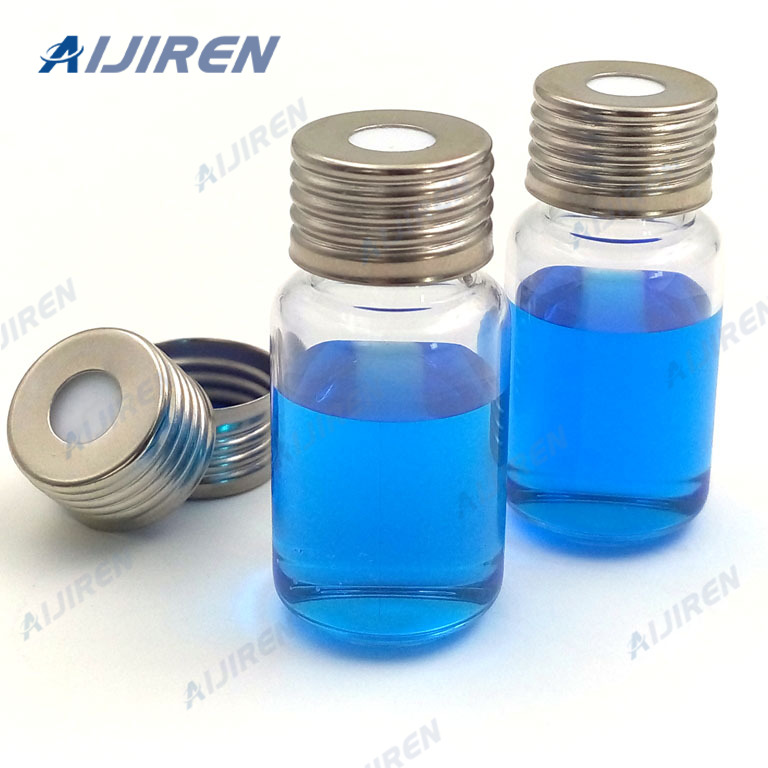
The diameter of the bore of a rifled firearm, usually expressed in hundredths of an inch or in millimeters. e.g. 22 caliber or 9mm. individual characteristics of firearms. - bullet markings left from striations in the bore. - striations running the length of the barrels lands and grooves.

Cole-Parmer provides a complete range of fluid handling and analysis products worldwide. Have a question, give us a call 1-800-323-4340.
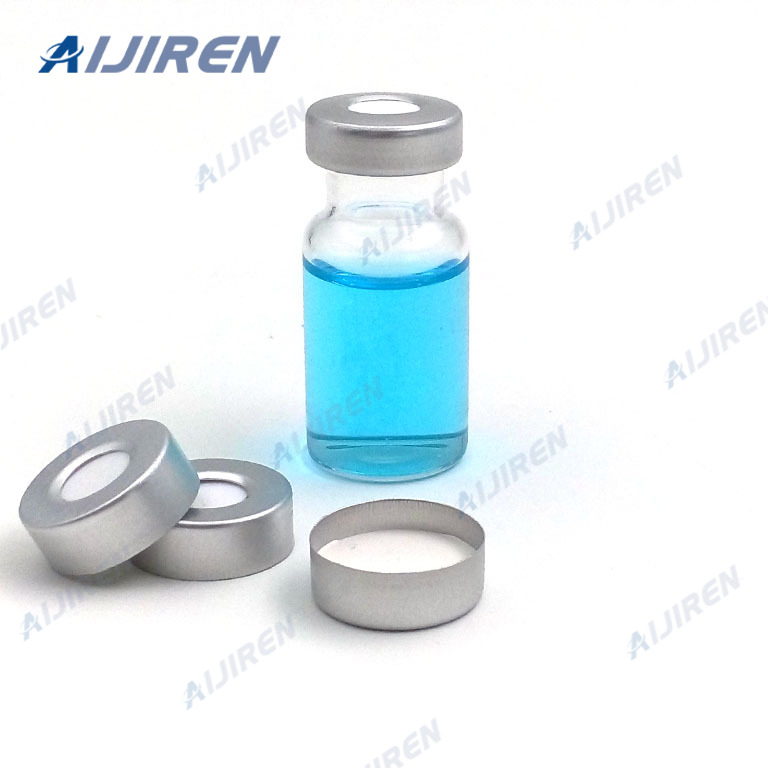
Sep 01, 2010 · One vial was kept at 4 °C until it was used, while one vial was placed in a microwave for 1 min to denature the enzyme. The catalytic activity of the unheated catalase solution and the lack of catalytic activity of the heated solution were tested using a 2 mM hydrogen peroxide solution.
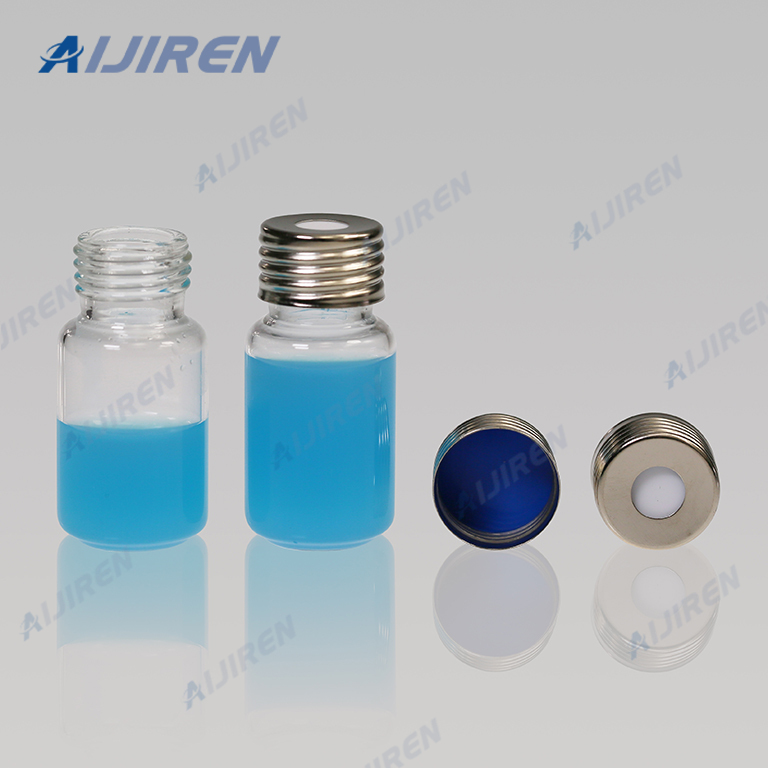
Jul 02, 2013 · Repeat steps 4 and 5 for flask 2. Purge the syringe by inserting the needle through the septum of the solvent flask and into the headspace of the flask. Draw up the inert atmosphere into the syringe. Remove the needle from the flask and expel the gas from the syringe (Fig. 14, D). Repeat 3–4 times.
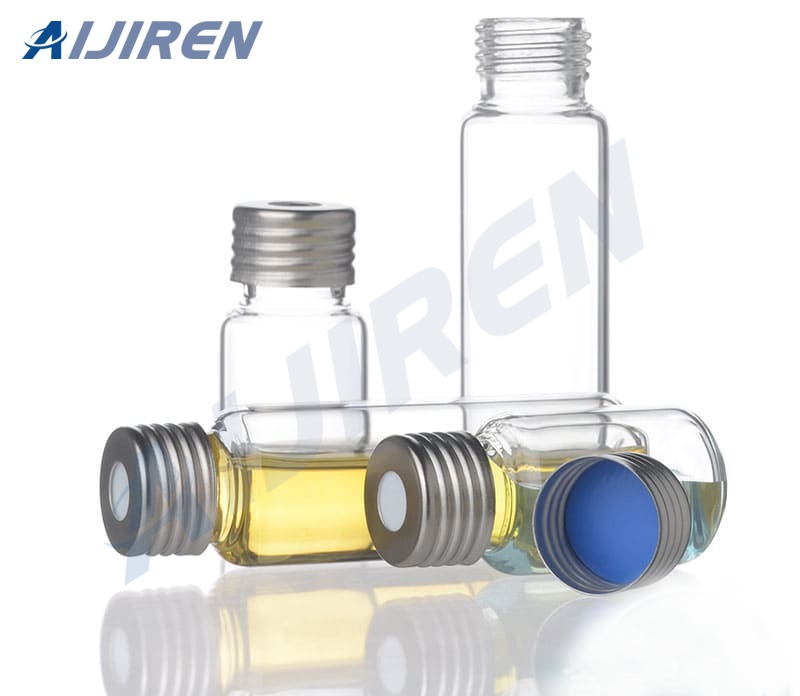
Sep 11, 2009 · A hole of approximately 2 mm diam was made in the cap. The cotton roll was placed so that it was in direct contact with the cap when the cap was screwed tight to the vial. The chemical was not applied to the cotton roll directly beneath the hole in the cap, but instead towards the edge of the vial, before screwing on the cap.
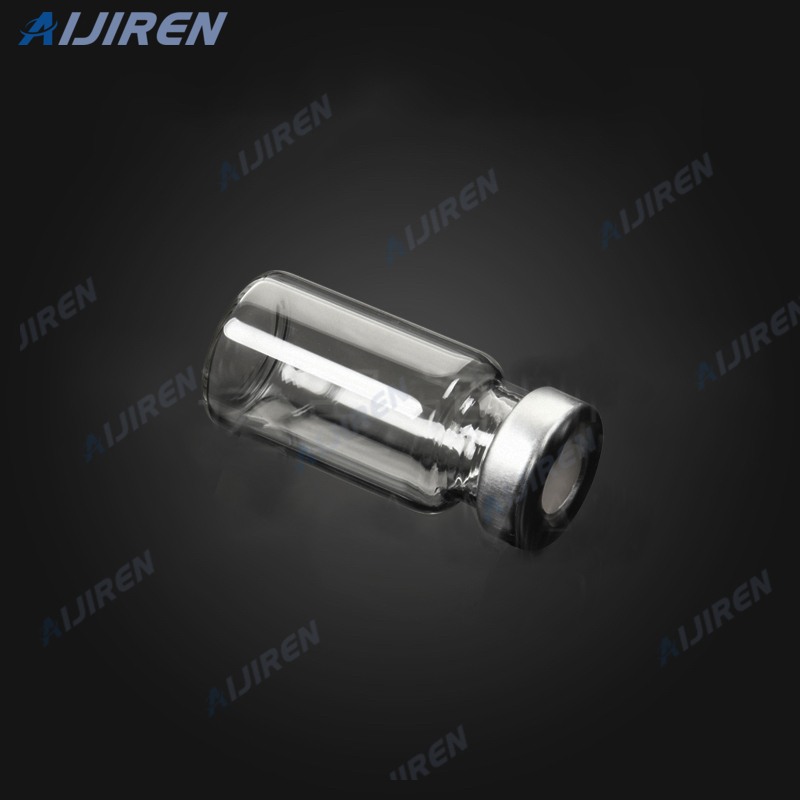
Standard 10-mL tubing glass vials were modified by inserting micropipettes of various sizes (0.1 to 10 microns nominal diameter) into a side wall hole and securing them with epoxy.